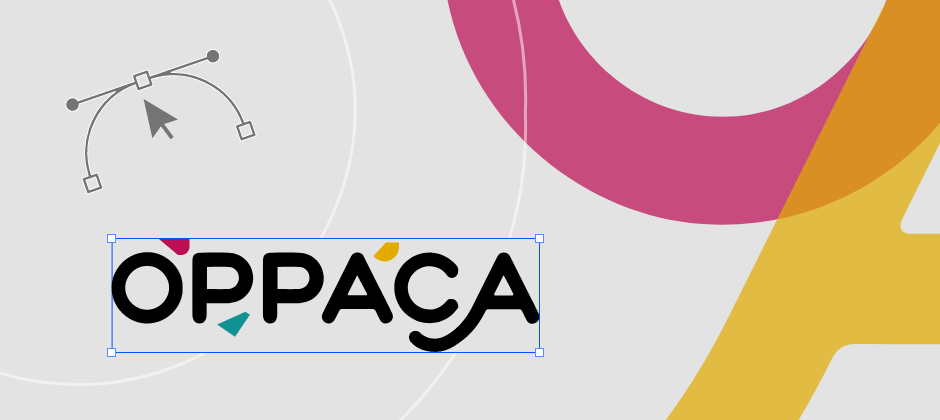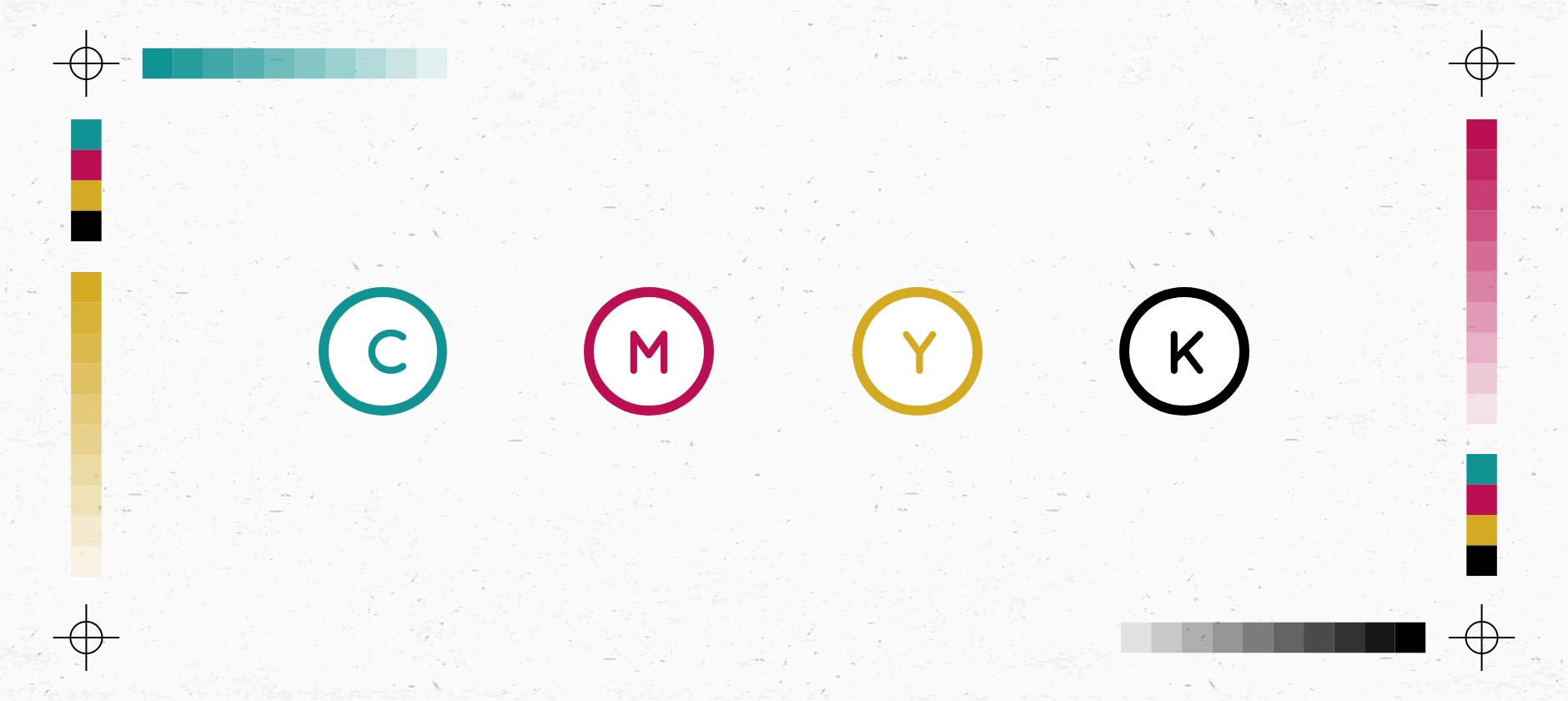Did you like the article? Share it!
Vector File : what is it and why to use it?

In graphic design, you will often hear about vector files. Have you ever wondered what it is in detail and when to use it? If you are here, you probably are not a professional graphic designer yet and are looking for something to help you. Well, you are in the right place! Today we want to clarify the vector file format and explain when and how it is best to use it.
Knowing what vector files are and their uses are fundamental knowledge that every expert graphic designer must have. So, without further ado, let's get started!
Vector files are digital images made up of points, lines and curves, which together form a more or less complex path. Through them, the image is created. These parts are identified as vector primitives. The layout of the graphics is defined through mathematical equations and is mathematically recalculated each time by the computer.
Vector files are not the only type of graphics that exist; the other type of graphics is the raster one. It is typical of digital images, which differs from the vector one because they are made up of pixels, rather than a path. They are two different types of graphics. The main difference is in the way in which they are created and built, in addition to their use in graphic design.
Let's get more specific and see the difference between raster and vector format!
Raster vs Vector
For raster graphics (or bitmaps) we refer to photographic images, which are composed of pixels, or single "invisible" dots, each of which contains a detail of the image.
Raster images have their size and resolution established when the image is created. If enlarged, then, beyond their original size, they suffer the loss of detail and create that very unpleasant visual effect called pixelation.
The vector graphics instead are described mathematically, by points, lines and curves, as mentioned above. They are created regardless of the size and resolution of the image. For this reason, it can be enlarged to infinity without suffering the loss of quality and definition.
The mathematical nature of vector graphics allows them to maintain the same quality at any size. This is a great advantage. It is not necessary to worry about the size with which the graphics will be printed. They will be defined in any case, unlike a raster image that would lose sharpness.
.png?width=940&name=002_img%20(03).png)
In summarizing, raster images use pixels and vector graphics use vectors and therefore mathematics. It is also worth noting that while vector graphics can easily be converted to raster, the reverse is unlikely, although some tools allow for conversion in a limited way.
Riassumendo le immagini raster usano i pixel e la grafica vettoriale i vettori e quindi la matematica. Vale anche la pena notare che mentre una grafica vettoriale può essere facilmente convertita in raster, difficilmente può avvenire il contrario, sebbene esistano alcuni strumenti che consentono la conversione in modo limitato.
When to use a vector file: a practical example
Each of these two types of graphics has its specific use in the graphics field. Let's take a practical example to better understand!
You are a graphic designer. You have just designed the logo for your customer who now asks you to apply it on a billboard to promote his brand. Well, if you have used a raster graphics program, such as Adobe Photoshop, you will find yourself having an image that when you try to resize will appear grainy and of very poor quality. The answer to this problem lies in the vector format!
.jpeg?width=456&name=002_img%20(2).jpeg)
.jpeg?width=456&name=002_img%20(1).jpeg)
When it comes to logos, fonts and layouts, it is essential to use the vector format. By doing so, everything can be changed at any time, in colour and shape, as well as adapted to any size, always maintaining clean and sharp lines.
For its characteristics, vector graphics are also ideal on the Web and in the development of App, which must work and be displayed on different devices and screens.
In summary, vector graphics in the world of graphic design have multiple uses; Here is an overview of the jobs where you should always use vector graphics:
- Creation of logos and corporate identity
- Vector illustrations, animated images and icons
- Print file layout (such as flyers, posters, business cards, etc)
- User interfaces (Web and App)
- Technical drawings, CAD graphics, engineering, and 3D.
Raster graphics, on the other hand, are to be used when you need to modify or retouch an image or digital photograph, or create photomontages.
Software and vector file formats
One of the best and most well-known software for making vector graphics is Adobe Illustrator. It is used by the best professionals. It has an intuitive interface, especially if you already know the Adobe package, and it integrates perfectly with other Adobe software.
As for the most common vector formats, the main one is .AI. It is the standard Adobe Illustrator saving format, which is compatible with other Adobe software, such as Photoshop and InDesign, and also with some 3D graphics programs and CAD. There are also many others, including .EPS (Encapsulated PostScript), .SVG (Scalable Vector Graphics - also usable in web pages).
A special mention goes to the .PDF format, which few know is also a vector format developed by Adobe. It is the most popular for sharing text documents and images, for its display you do not need a specific reader, because it can also be opened and viewed with Google Chrome, not modified, however, for that you need a special program.
If we talk about raster images, however, the most common formats are .JPEG, .PNG, .TIFF. and they are all based on pixels.
In conclusion, vector files are infinitely scalable, easily editable and convertible into a raster image. They are excellent for design, especially in the world of printing because files can be resized, always maintaining their best quality!
Even today we have come to an end. I hope this article will be useful to you and that I was able to shed some light on what the vector format is and when it is better to prefer it to the raster one. Join the Oppaca Community and stay up to date with many articles on the world of packaging, graphic design and printing!
Next
Related post
Learn more





